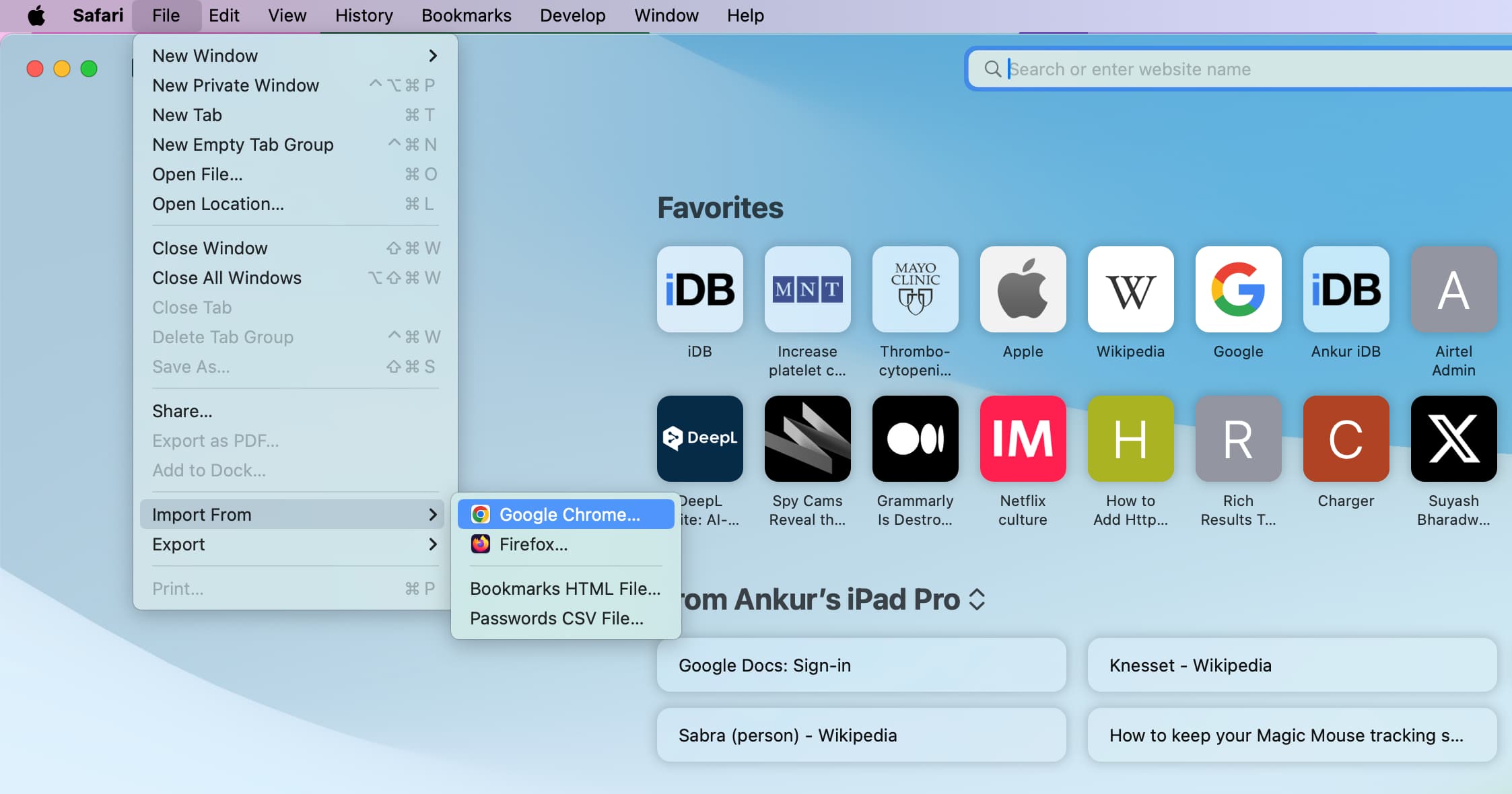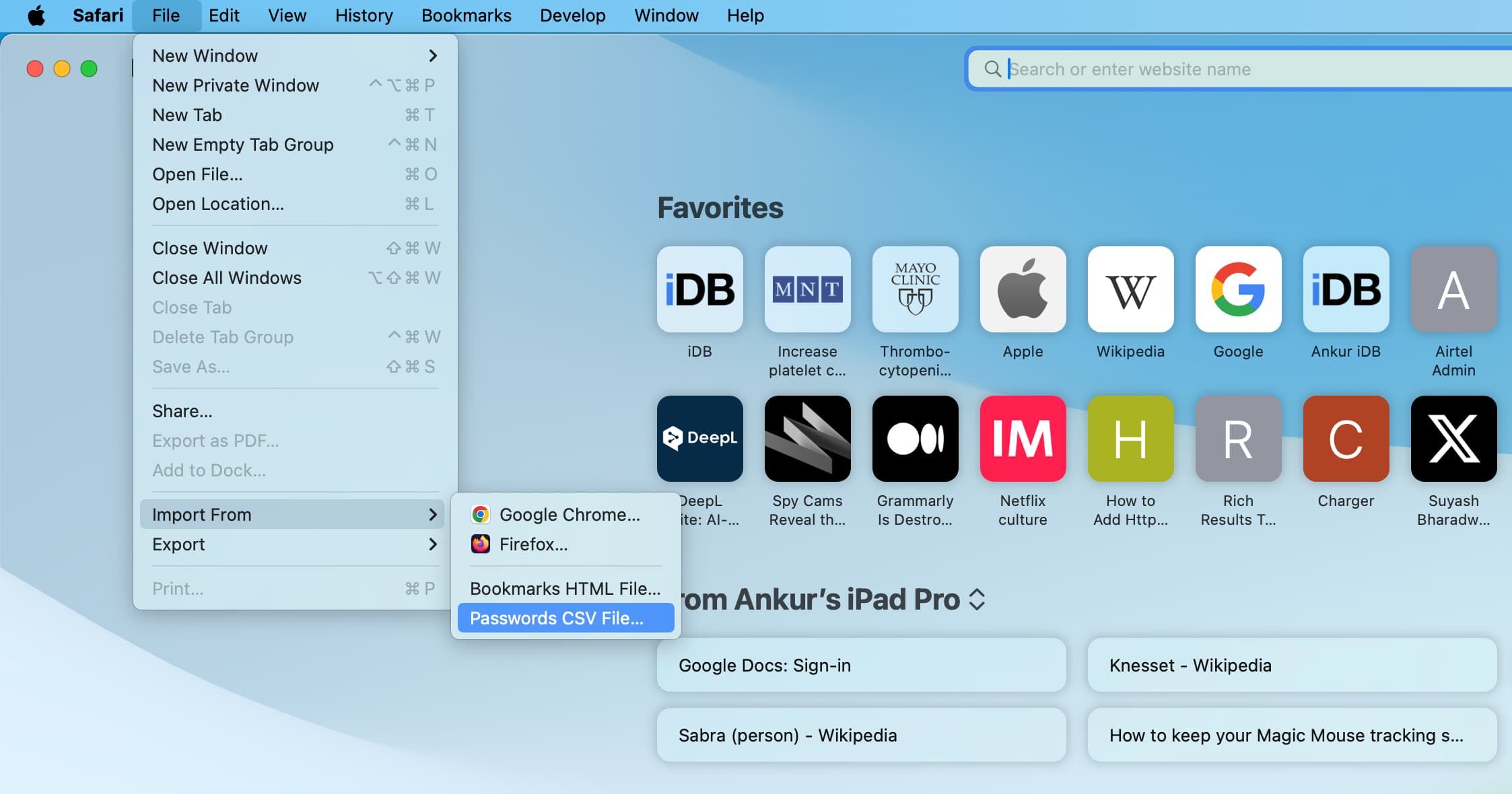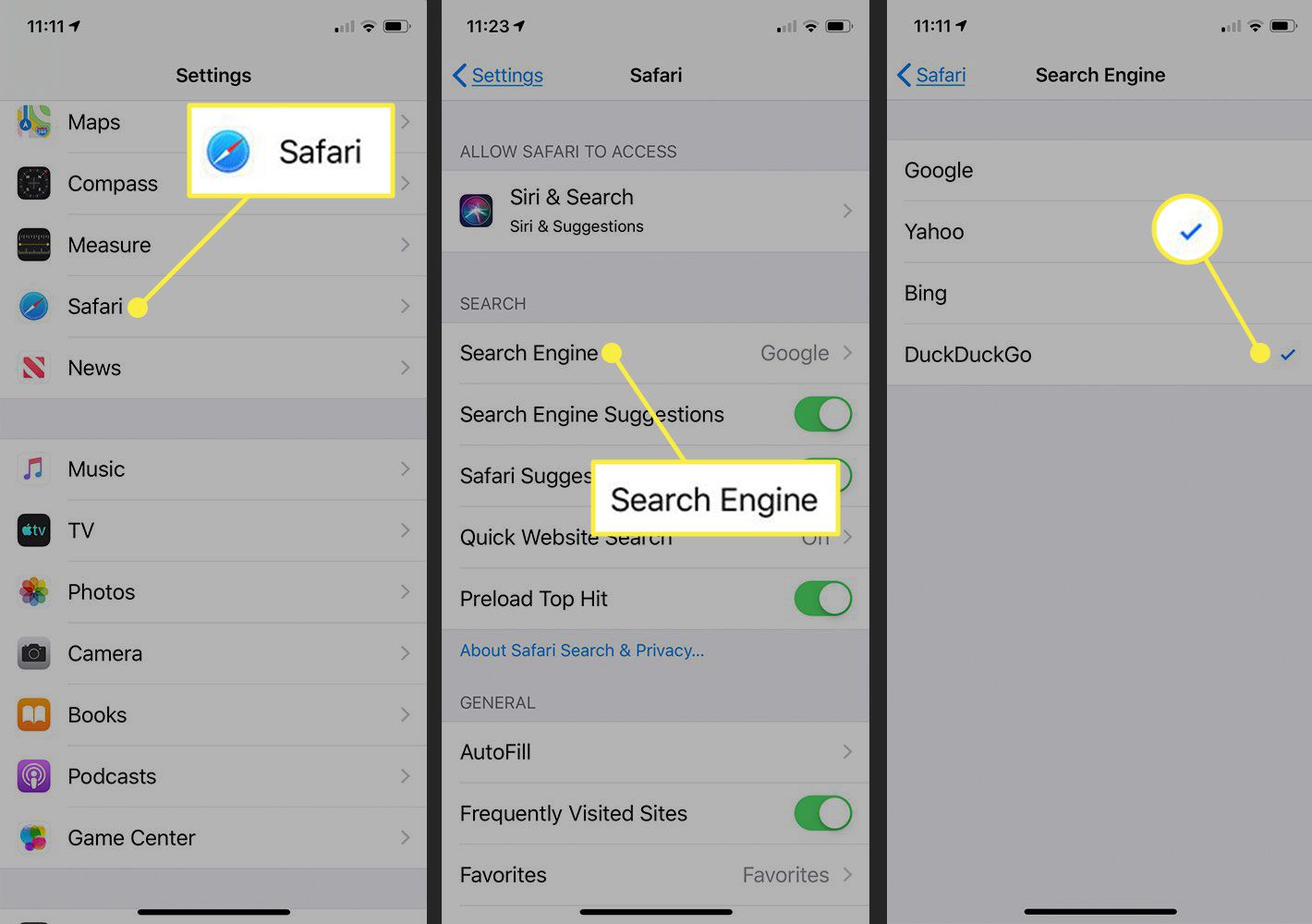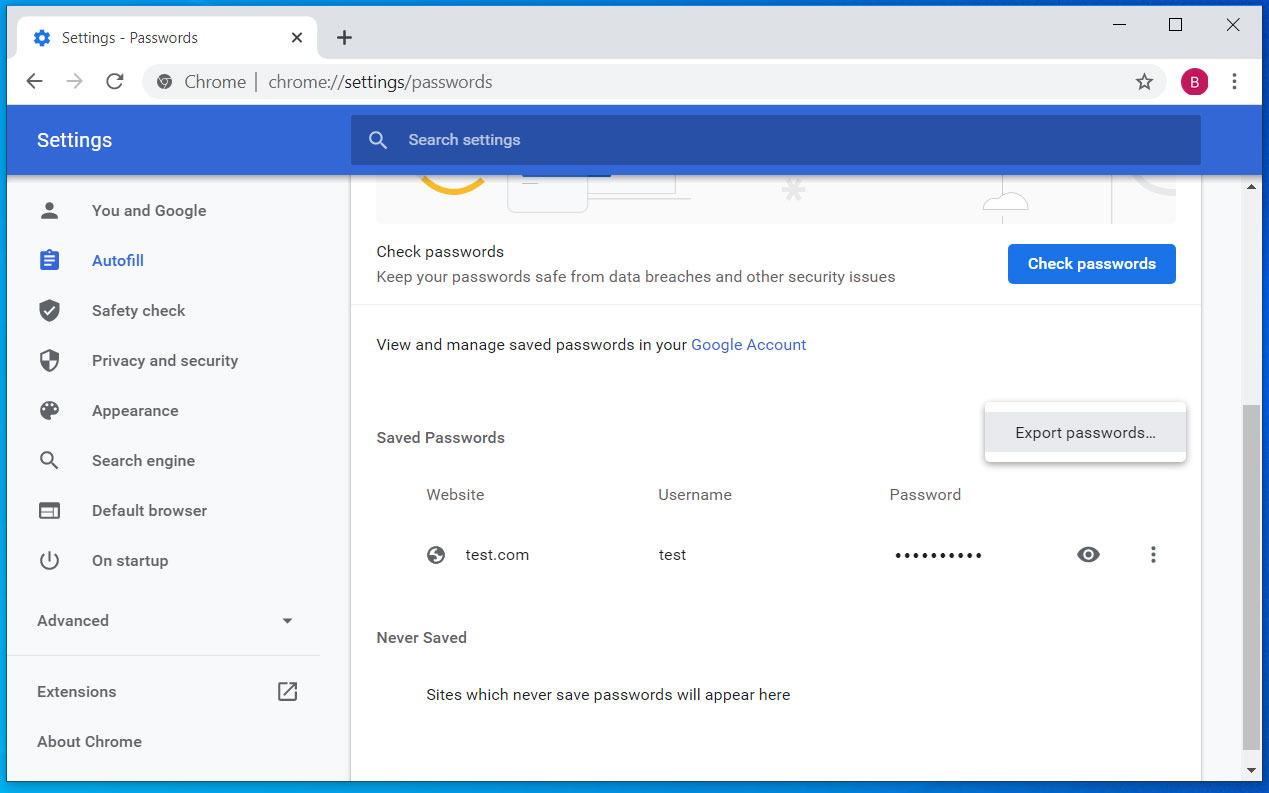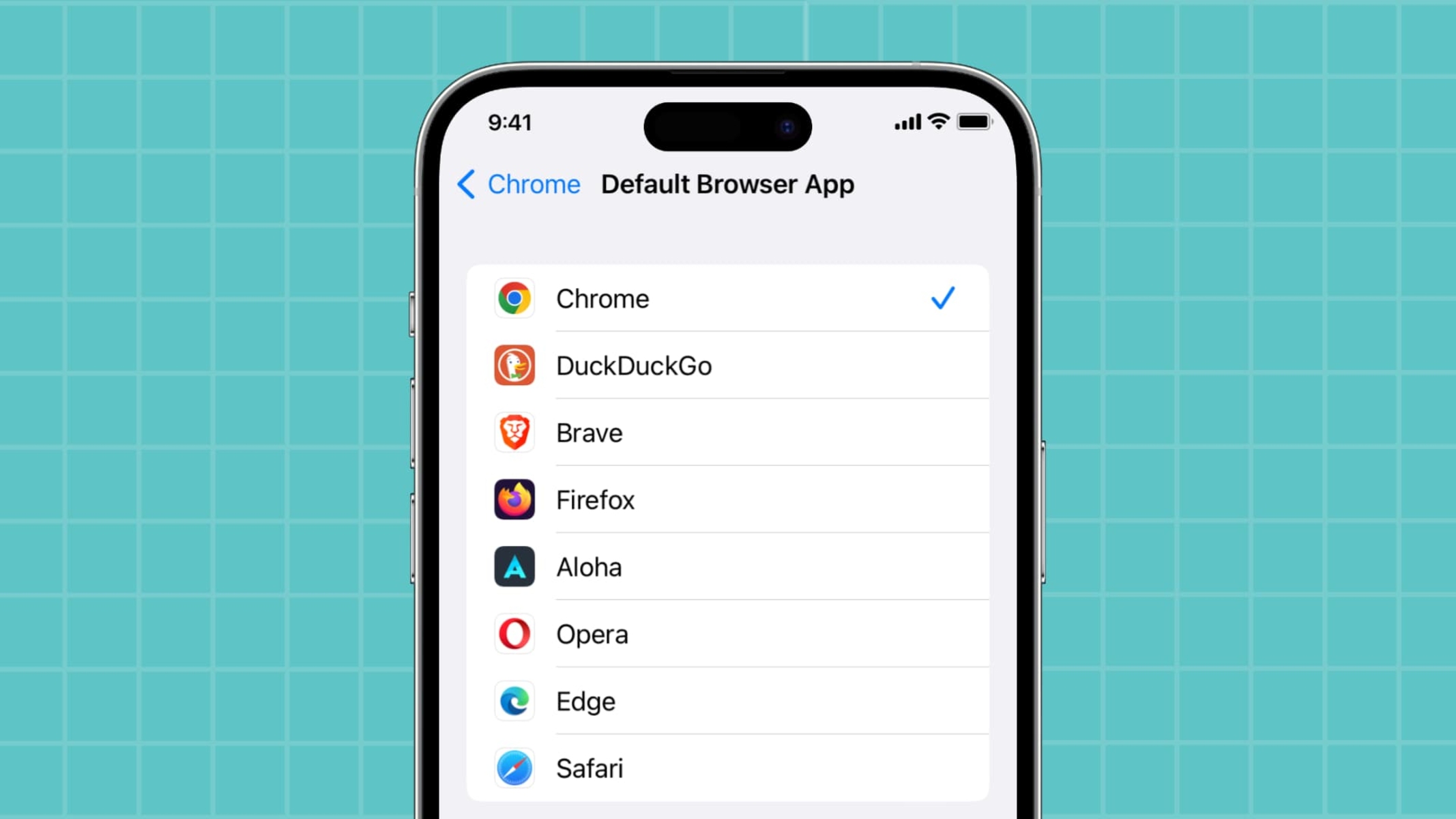Introduction
Transferring saved passwords from one browser to another can be a crucial task, especially when switching from one browser to another. In this article, we will explore the process of transferring saved passwords from Google Chrome to Safari. Both Chrome and Safari are popular web browsers, each with its own set of features and functionalities. However, when making the switch from Chrome to Safari, it's essential to ensure a seamless transition, including the transfer of saved passwords.
By following the steps outlined in this guide, you can effortlessly migrate your saved passwords from Chrome to Safari, eliminating the need to manually re-enter each password. This process not only saves time but also reduces the risk of forgetting or losing access to important accounts and websites.
Without further ado, let's delve into the step-by-step process of exporting saved passwords from Chrome and importing them into Safari. Whether you're a casual user or a tech-savvy individual, this guide will provide you with the necessary insights to simplify the transition between these two popular web browsers.
Step 1: Exporting saved passwords from Chrome
Exporting saved passwords from Google Chrome is a straightforward process that allows you to create a file containing all your saved login credentials. This file can then be imported into another browser, such as Safari, enabling you to access your passwords seamlessly. Here's a detailed guide on how to export your saved passwords from Chrome:
-
Open Chrome Settings: Begin by opening Google Chrome on your computer. Click on the three-dot menu icon located in the top-right corner of the browser window. From the dropdown menu, select "Settings."
-
Access Passwords: Within the Settings menu, scroll down and click on "Passwords" under the "Autofill" section. This will take you to the Passwords page, where you can view and manage your saved passwords.
-
Export Passwords: On the Passwords page, you will find an option to export your saved passwords. Click on the three-dot menu icon next to "Saved Passwords" and select "Export passwords." Chrome will prompt you to authenticate your identity using your computer's login credentials.
-
Confirm Export: After authenticating your identity, Chrome will ask you to confirm the export process. You will be prompted to choose a location on your computer to save the exported file. Select an appropriate location and click "Save."
-
Review the Exported File: Once the export is complete, navigate to the location where you saved the file. The exported file will be in CSV (Comma-Separated Values) format, containing a list of your saved passwords along with the associated website URLs and usernames.
-
Secure the Exported File: It's crucial to ensure the security of the exported file, as it contains sensitive information. Consider storing the file in a secure location, such as an encrypted folder or a password-protected drive.
By following these steps, you can successfully export your saved passwords from Google Chrome, preparing them for the next phase of the process: importing them into Safari. This seamless transition ensures that you can access your saved passwords across different browsers, enhancing convenience and security in your online activities.
Step 2: Importing saved passwords to Safari
After successfully exporting your saved passwords from Google Chrome, the next step involves importing these passwords into Safari. Safari, Apple's native web browser, provides a seamless process for importing passwords, allowing you to access your login credentials from Chrome effortlessly. Here's a detailed guide on how to import your saved passwords to Safari:
-
Open Safari Preferences: Launch Safari on your Mac and click on "Safari" in the top-left corner of the screen. From the dropdown menu, select "Preferences." This will open the Preferences window, where you can manage various settings and features of the Safari browser.
-
Navigate to Passwords: Within the Preferences window, click on the "Passwords" tab. You may be prompted to authenticate your identity using your Mac's login credentials or Touch ID, ensuring the security of the password management feature.
-
Import Passwords: In the Passwords tab, you will find an option to import passwords. Click on the "Import" button, and a file selection dialog will appear, allowing you to choose the exported CSV file containing your saved passwords from Google Chrome.
-
Select the Exported File: Navigate to the location where you saved the exported passwords file from Chrome. Select the file and click "Import." Safari will begin processing the imported file, extracting the saved passwords and associated details.
-
Authenticate the Import: Depending on your Mac's security settings, you may need to authenticate the import process using your login credentials or Touch ID. This additional layer of security ensures that only authorized users can import sensitive information into Safari.
-
Review Imported Passwords: Once the import process is complete, Safari will display a list of the imported passwords, including the website URLs and usernames. You can review the imported passwords to ensure that all the necessary login credentials have been successfully transferred from Chrome to Safari.
-
Secure the Passwords: It's essential to prioritize the security of your imported passwords. Consider enabling Safari's built-in password management features, such as iCloud Keychain, to securely store and sync your passwords across your Apple devices.
By following these steps, you can seamlessly import your saved passwords from Google Chrome into Safari, ensuring that you have access to all your login credentials within Apple's native web browser. This streamlined process eliminates the need to manually re-enter each password, saving time and effort during the transition between browsers. With your passwords securely imported into Safari, you can enjoy a seamless browsing experience while maintaining the integrity of your online accounts and data.
Conclusion
In conclusion, the process of transferring saved passwords from Google Chrome to Safari involves a seamless transition that ensures the continuity of access to your important online accounts and websites. By following the step-by-step guide outlined in this article, you can effortlessly export your saved passwords from Chrome and import them into Safari, eliminating the need to manually re-enter each login credential.
The ability to transfer saved passwords between browsers not only saves time but also enhances convenience and security in your online activities. Whether you're switching to Safari for its integration with Apple devices or exploring its unique features, the smooth migration of saved passwords ensures a hassle-free browsing experience.
Upon completing the export and import processes, it's essential to prioritize the security of your saved passwords. Consider leveraging Safari's built-in password management features, such as iCloud Keychain, to securely store and sync your passwords across your Apple devices. This proactive approach to password security enhances the overall protection of your online accounts and sensitive information.
Furthermore, the seamless transfer of saved passwords from Chrome to Safari reflects the evolving nature of browser functionalities and the increasing emphasis on user convenience. As individuals navigate between different web browsers based on their preferences and device ecosystems, the ability to transfer saved passwords becomes a valuable feature that streamlines the transition process.
Ultimately, the process of transferring saved passwords from Chrome to Safari underscores the importance of user-centric features and data portability in the digital landscape. By empowering users to seamlessly migrate their saved passwords, browsers contribute to a more cohesive and user-friendly online experience.
In essence, the ability to transfer saved passwords from one browser to another reflects the commitment to user empowerment and data accessibility. As technology continues to evolve, the seamless transfer of saved passwords serves as a testament to the ongoing efforts to enhance user convenience and security in the digital realm.
By embracing the process of transferring saved passwords between browsers, users can navigate their online activities with confidence, knowing that their login credentials are readily accessible across different platforms. This not only simplifies the browsing experience but also reinforces the importance of data portability and user-centric design in the realm of web browsers.
In conclusion, the seamless transfer of saved passwords from Chrome to Safari exemplifies the commitment to user convenience and data security, ultimately enhancing the overall browsing experience for individuals transitioning between these popular web browsers.







